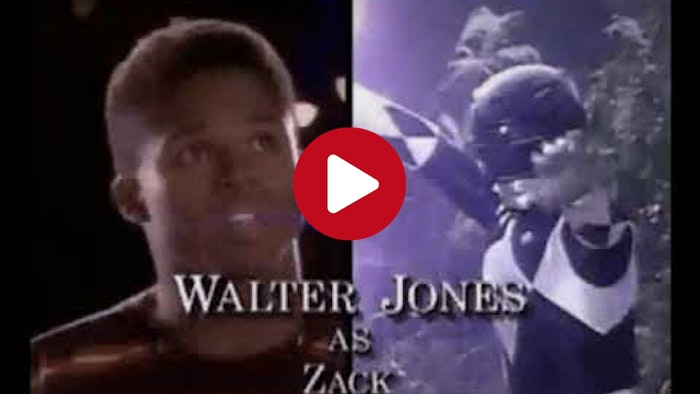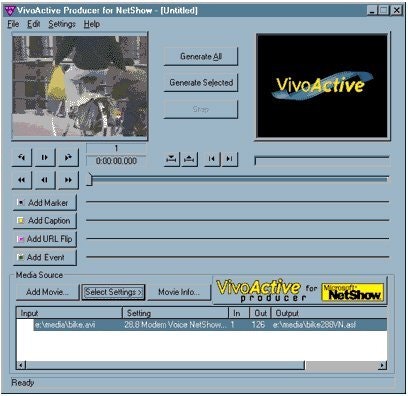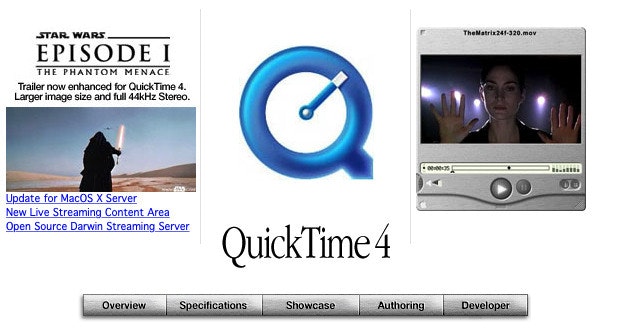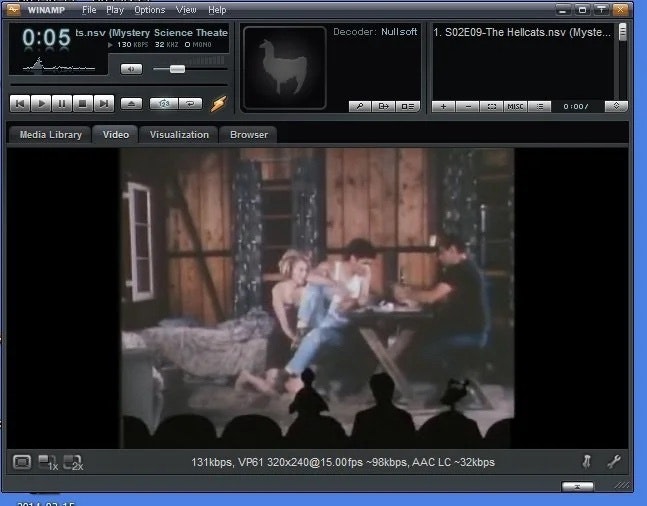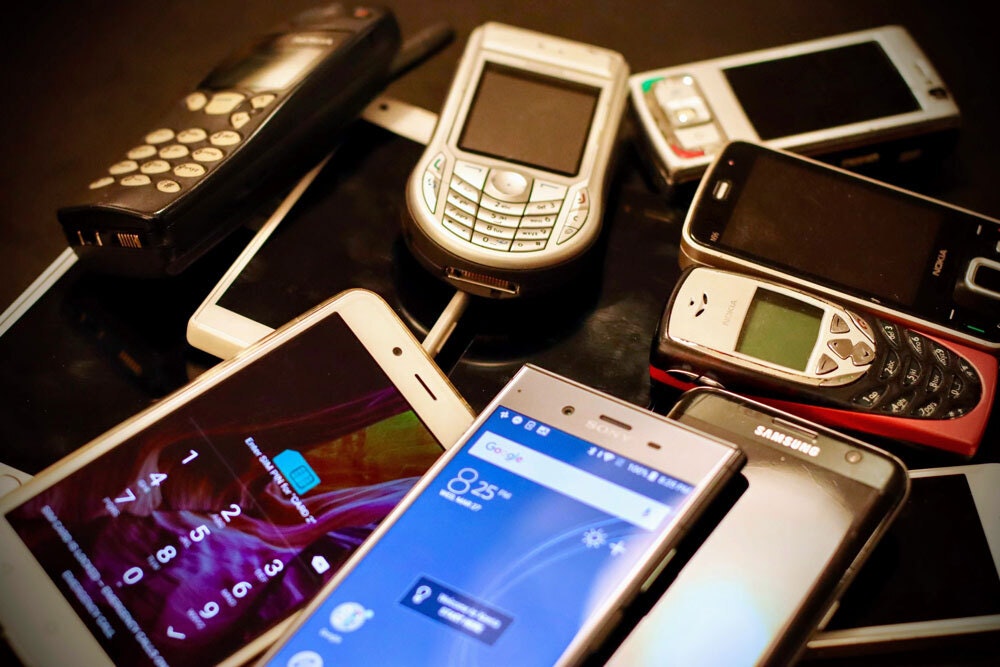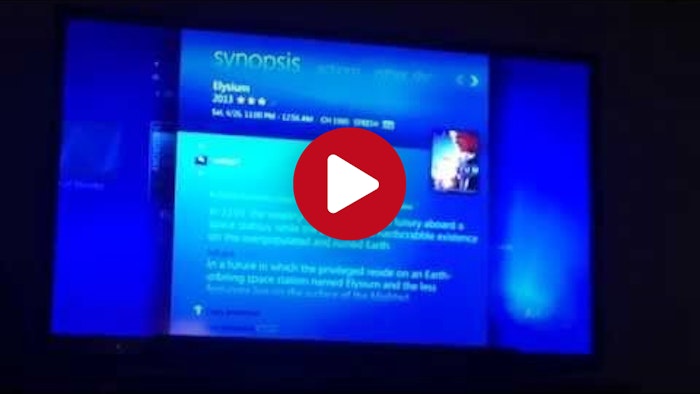Tedium - The Codecs of Streams Past 📹
|
|
|
|
|
|
|
|
|
|
|
|
|
|
|
Older messages
Surf Like A Shark 🦈
Friday, July 22, 2022
How the Nintendo 64 got internet access. Here's a version for your browser. Hunting for the end of the long tail • July 22, 2022 Hey all, Ernie here with an older piece I think that deserves a
From Cable to Local 📺
Wednesday, July 20, 2022
The cable networks that went over-the-air broadcast for some reason. Here's a version for your browser. Hunting for the end of the long tail • July 20, 2022 Today in Tedium: The USA Network. The
Class, Dismissed 🎩
Saturday, July 16, 2022
Why class doesn't dominate American comedic culture. Here's a version for your browser. Hunting for the end of the long tail • July 15, 2022 Hey all, Ernie here with a fresh piece from Andrew
Longform Brevity 🗞
Thursday, July 14, 2022
Why quick-hit journalism on the internet kinda stinks. Here's a version for your browser. Hunting for the end of the long tail • July 13, 2022 Today in Tedium: I have a bone to pick with one of the
Whipped Cream, No Other Delights 🍨
Saturday, July 9, 2022
How technology forever changed whipped cream. Here's a version for your browser. Hunting for the end of the long tail • July 08, 2022 Today in Tedium: Let me ask you a question that you probably
You Might Also Like
wpmail.me issue#708
Thursday, February 27, 2025
wpMail.me wpmail.me issue#708 - The weekly WordPress newsletter. No spam, no nonsense. - February 27, 2025 Is this email not displaying correctly? View it in your browser. News & Articles Shaping
Hackers stole 1Password logins - here's how
Thursday, February 27, 2025
Amazon AI races ahead; Research agents; Smartwatch trade-in -- ZDNET ZDNET Tech Today - US February 27, 2025 thief stealing passwords Hackers stole this engineer's 1Password database. Could it
New Golang-Based Backdoor Uses Telegram Bot API for Evasive C2 Operations
Thursday, February 27, 2025
THN Daily Updates Newsletter cover ⚡ LIVE WEBINAR ➟ Building Resilient Identity: Reducing Security Debt in 2025 Attacks Evolve, So Can Your Defenses--Learn How to Mitigate Risk and Optimize Identity
Reminder: What developer productivity metrics actually measure
Thursday, February 27, 2025
You are receiving this email because you subscribed to microservices.io. Considering migrating a monolith to microservices? Struggling with the microservice architecture? I can help: architecture
⚡ THN Weekly Recap: Google Secrets Stolen, Windows Hack, New Crypto Scams & More
Thursday, February 27, 2025
From Google espionage to crypto scams, this week's Cyber Recap uncovers it all—read more now ͏ ͏ ͏ ͏ ͏ ͏ ͏ ͏ ͏ ͏ ͏ ͏ ͏ ͏ ͏ ͏ ͏ ͏ ͏ ͏ ͏ ͏ ͏ ͏ ͏ ͏
Guest-post: Open-source Python Development Landscape
Thursday, February 27, 2025
30 must-know tools for Python development ͏ ͏ ͏ ͏ ͏ ͏ ͏ ͏ ͏ ͏ ͏ ͏ ͏ ͏ ͏ ͏ ͏ ͏ ͏ ͏ ͏ ͏ ͏ ͏ ͏ ͏ ͏ ͏ ͏ ͏ ͏ ͏ ͏ ͏ ͏ ͏ ͏ ͏ ͏ ͏ ͏ ͏ ͏ ͏ ͏ ͏ ͏ ͏ ͏ ͏ ͏ ͏ ͏ ͏ ͏ ͏ ͏ ͏ ͏ ͏ ͏ ͏ ͏ ͏ ͏ ͏ ͏ ͏ ͏ ͏ ͏ ͏ ͏ ͏ ͏ ͏ ͏ ͏ ͏ ͏
⚙️ IBM's AI can reason, now
Thursday, February 27, 2025
Plus: A bit of AI legislation
Post from Syncfusion Blogs on 02/17/2025
Thursday, February 27, 2025
New blogs from Syncfusion ® How to Add a Context Menu to .NET MAUI ListView? By Jayaleshwari N This blog explains how to implement a context menu in the .NET MAUI ListView control with code examples.
⚙️ AI chip giant slips
Thursday, February 27, 2025
Plus: How workers use GenAI
JSter #237 - Libraries and more
Thursday, February 27, 2025
My JavaScript. Keep on coding. Libraries Vento - a new templating engine for Deno Modern.js - Inspire Creativity in Modern Web Development cloudflare/workers-graphql-server: 🔥Lightning-fast, globally


